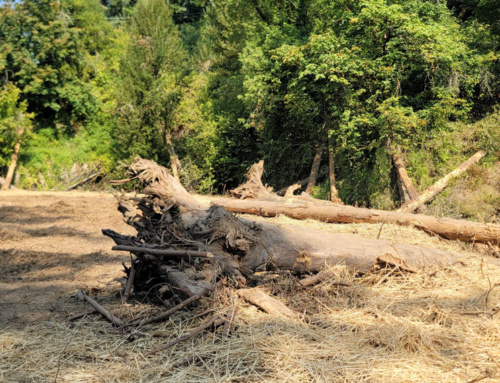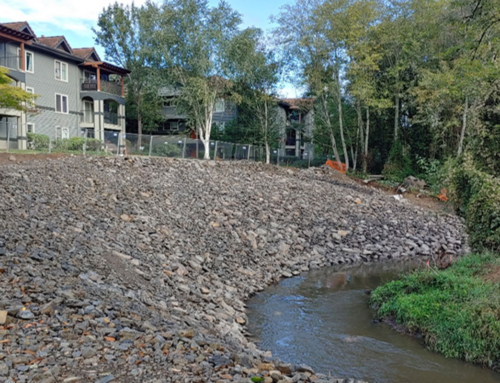CASE STUDY
Diverting Rivers to Restore Ecology – Temporary Dams and Diversions
Project Description
Abstract
The Klaskanine Fish Hatchery has been operated by the State of Oregon for over 100 years. To enhance declining fish runs in the Columbia River Basin this hatchery has undergone development and redevelopment. Intake # 2 was installed up stream of the hatchery to supply freshwater to the production facility. Over many years of successful use Intake #2, its associated dam and fish ladder became no longer necessary to operations of the hatchery and were becoming increasingly degrading to the ecology of the North Fork Klaskanine.
Hypothesis
Removal of water way obstructions requires forethought and precision to mitigate the inherent risks when working sensitive environments.
Methodology
Evergreen evaluated design intent, historic hydrologic data, and risks associated with sediment discharge downstream. We understood that there was no room for error in our temporary dam and diversion due to the useful intake of the hatchery being located downstream from our work area.
Conclusion
The success of this waterway obstruction removal and restoration was dependent on the construction and management for our temporary dam and river diversion. Through value engineering and understanding of potential hydraulic scenarios in the region, our team ultimately implemented a diversion that controlled flows 3 times greater than expected, and all while maintaining water quality for 10,000 juvenile fish in the hatchery below.
Key Selling Points/ Results
- Value engineering
- No additional costs
- Critical resource protection
- Risk mitigation




